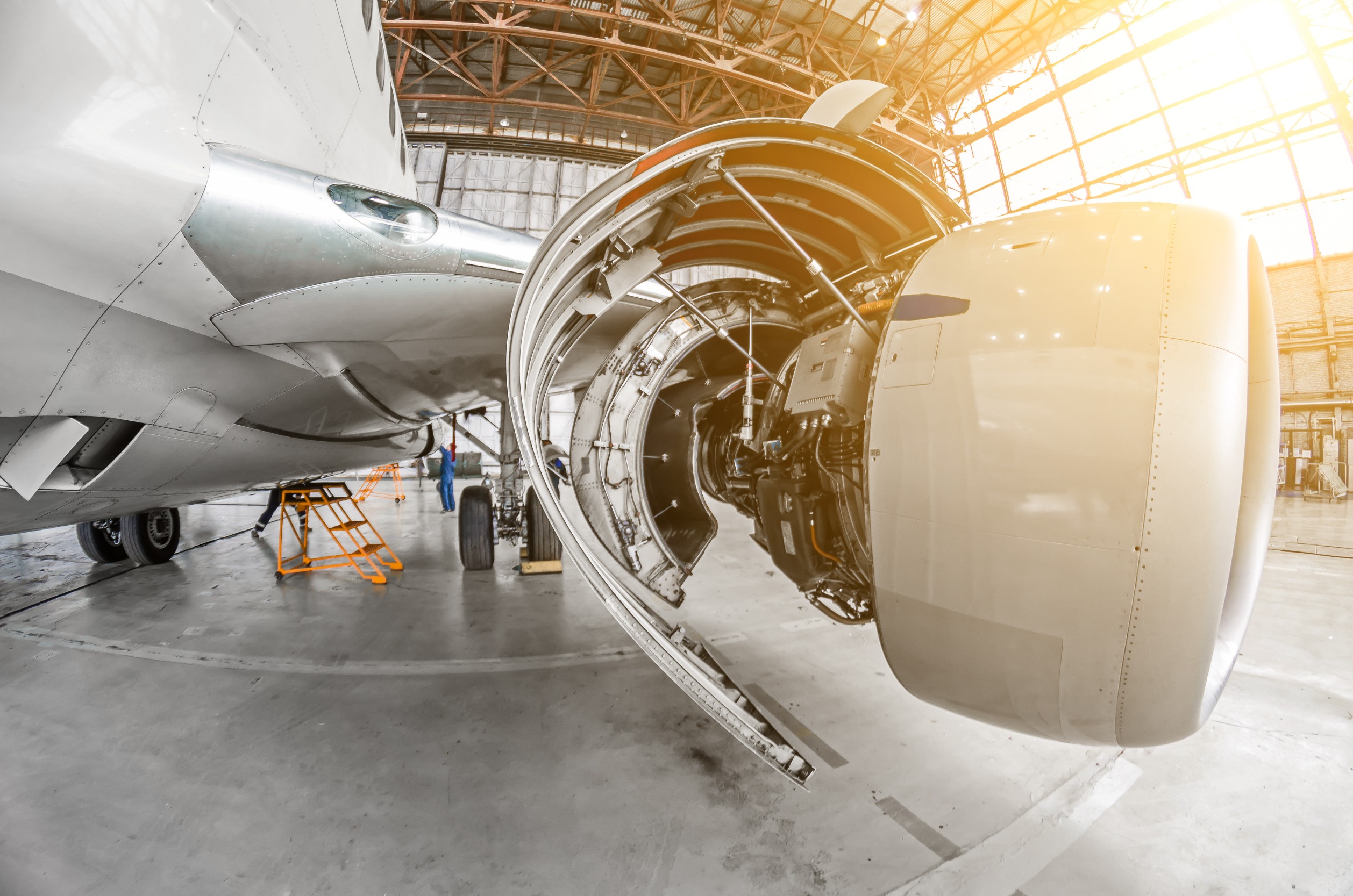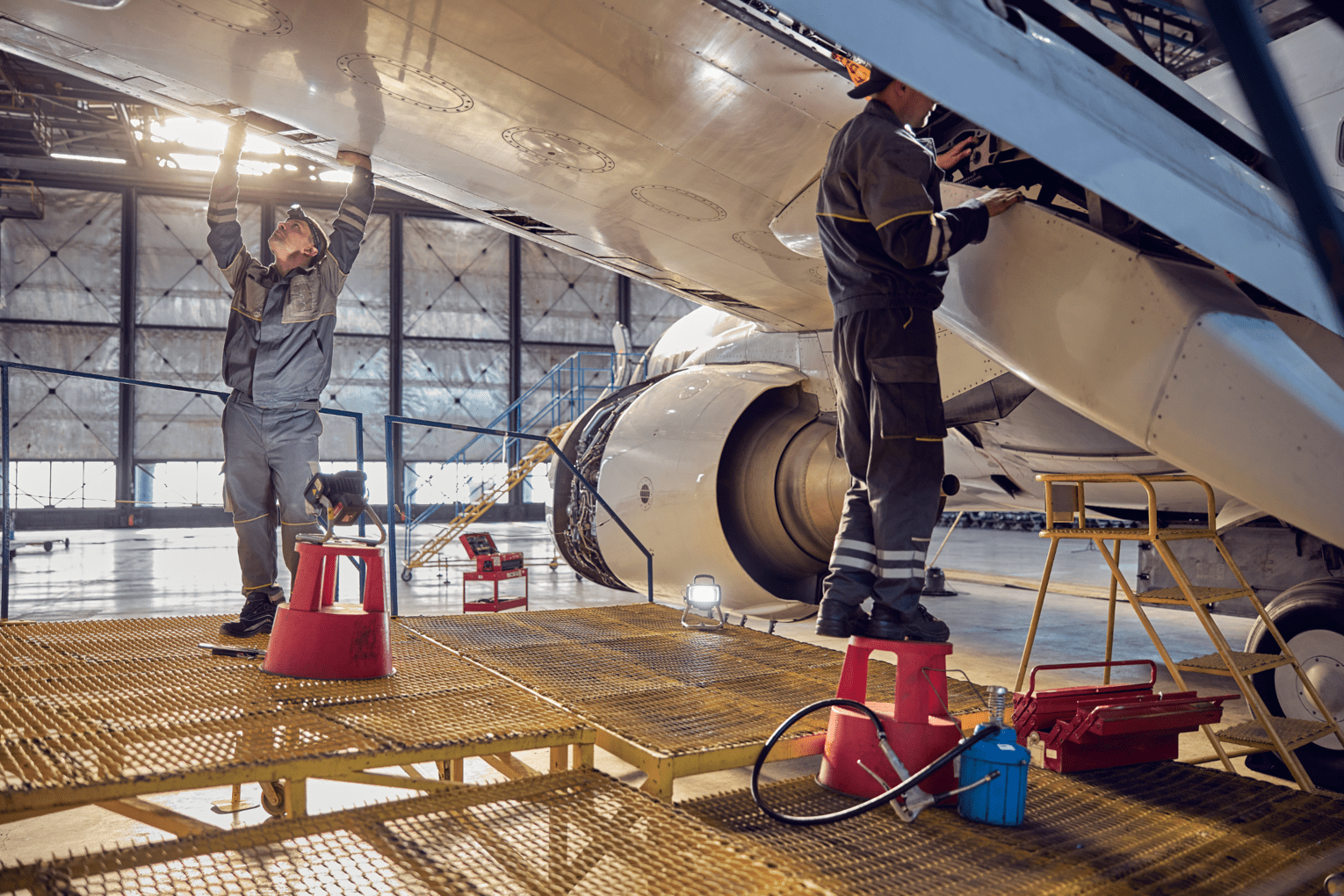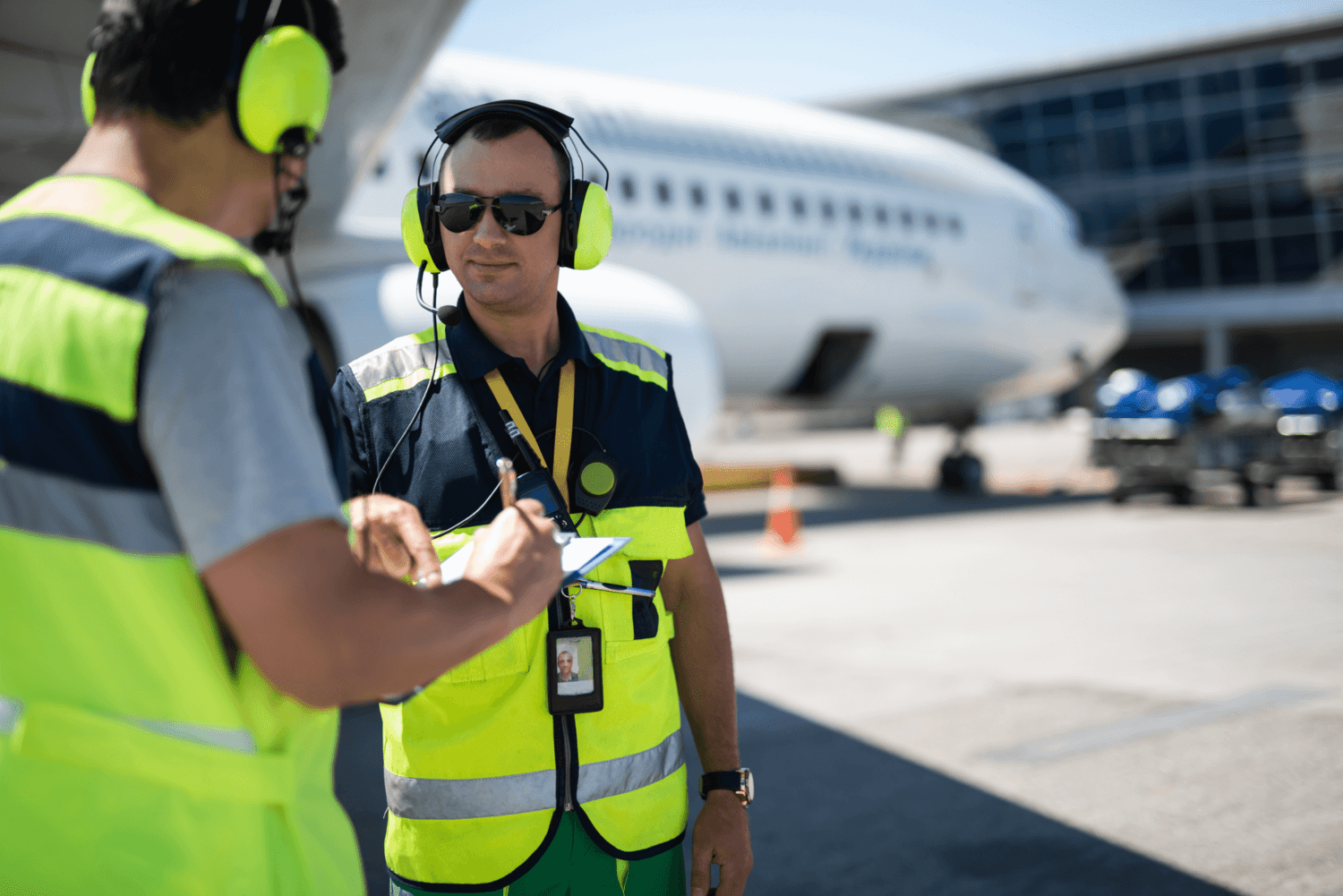
Release date : 2020-09-09
Aircraft fleet renewal in the Baltic States raises the issue of more effective solutions regarding the management of retired aircraft spare parts
In February 2012 the Estonian flag carrier – Estonian Air – announced its full aircraft fleet renewal, shifting from multi-type to single Embraer E-jets series fleet. The national carrier of the neighbouring Latvia – airBaltic – has also spoken about the plans to send all of its remaining Fokker 50s to retirement by the end of this year. However, with the phased out aircraft to retire or to be redelivered to lessers, it is unclear what should be done with the remaining spare parts.
Currently, a part of recently delivered Embraer E-jets, the Estonian carrier operates one Boeing 737 CL, as well as three Bombardier CRJs and Saab 340s each. airBaltic operates a larger fleet of 32 aircraft, 10 of which are soon-to-be replaced Fokker 50s. Both companies’ plans to shift towards duo- or single aircraft type fleets are being mainly driven by two issues: the need for more fuel-effective aircraft and the optimisation of the fleet management costs.
‘Though currently jet fuel prices appear to be on the decline (12% down compared to those in June 2011), fuel costs still account for almost one/third of all airlines’ expenses. With the air travel industry to recover after the recession, it is only natural that the Baltic States’ carriers have decided to use the opportunity and get rid of the older aircraft with lower fuel-efficiency. Moreover, transferring to duo- or single aircraft type fleet will help them to cut down on maintenance costs, since it won’t be necessary for the airlines to keep separate spare parts’ stocks for every aircraft type anymore,’ commented the CEO of Locatory.com Zilvinas Sadauskas.
Though currently jet fuel prices appear to be on the decline, fuel costs still account for almost one/third of all airlines’ expenses
However, airlines which decide to make significant fleet changes are inevitably facing the issue – what to do with the remaining spare parts no longer needed for the retired aircraft. At his point, some airlines prefer to resolve the issue as soon as possible and sell the entire remaining spare parts stock solely to one (max. two) buyer (-s), thus ensuring no extra HR and stock management-related expenses, but earning minimum from the deal. On the other hand, though it may require more time, selling the remaining inventory part by part and choosing from multiple buyers (and from multiple price-offers) will bring the company a much bigger fortune.
‘For example, the Latvian carrier currently operates a dozen of Fokker 50s, meaning that after the airline will completely replace the Dutch airplanes there will remain a considerable amount of spare parts in the company stocks. Considering the fact that currently there are about 25-30 Fokker 50 operating companies worldwide, with approx. 60 aircraft operated in Europe and the CIS, the spare parts owners may certainly benefit from the remaining components should they decide to sell them one by one rather than all at the same time. In any case, today air carriers who are orientated towards positive financial performance and long-term goals cannot afford to be constrained with only one or two offers when they have the possibility to reach dozens of potential buyers or suppliers around the world,’ commented Zilvinas Sadauskas.


